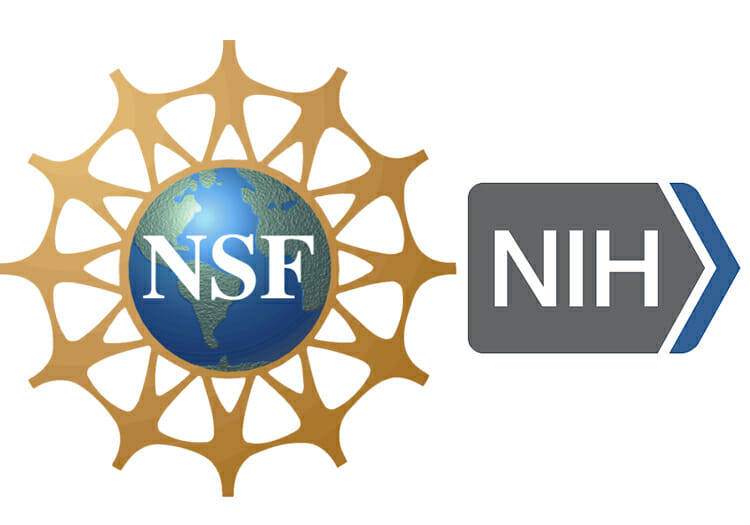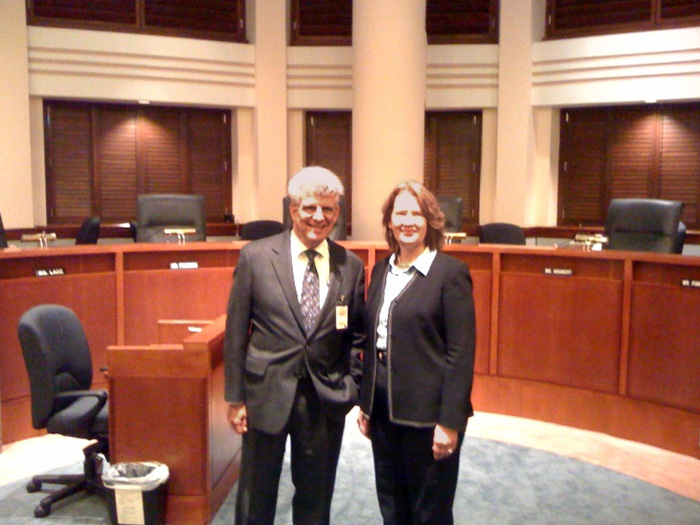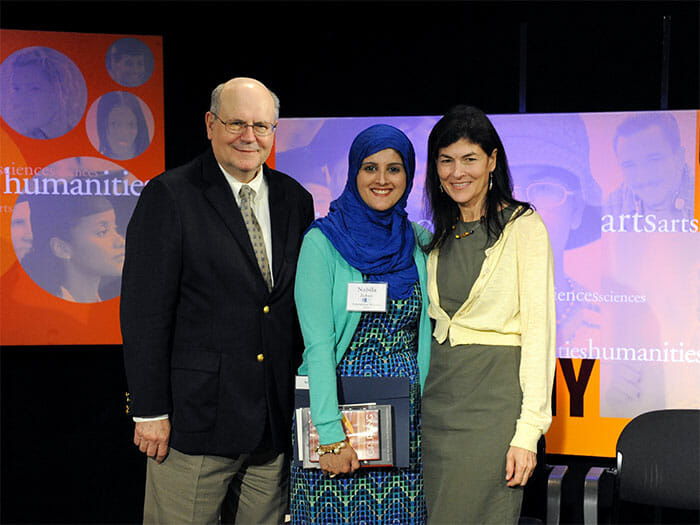Because civic issues often require understanding of science and technology, CSI is melding the disciplines in a unique project that demonstrates their interrelationship.
The project–the joint creation of CSI’s CORE and Computer Science departments–combines two general education courses: CORE 100 (which every CSI student is required to pass) and CSC 115 (a hands-on computer science course that fulfills a general education requirement in the area of “Scientific Analysis” for non-science majors).
A unique aspect in the development of the course, due to start this September, is that three faculty members share the planning with three students, who previously took both courses. The students are Paul Friedman (a Political Science major) Megan Caldwell (a Psychology major with a concentration in Cognitive Science), and Natasha Toal (a Communications major with a concentration in Design and Digital Media).
The faculty members are Donna Simeca, CORE program coordinator, and Computer Science Professors Dr. Sarah Zelikovitz and Herbert Schanker. In a paper they jointly published, the three faculty members pointed out that
“Humanities majors tend to shy away from the sciences and don’t appreciate how necessary this knowledge is in their future lives as productive citizens. Yet, to be properly understood, civic issues often need knowledge of science and technology. A strong and healthy society requires educated citizens who understand and appreciate the scientific topics that are relevant factors in so many decisions.”
CORE, developed 12 years ago, and given to some 1,600 students each semester, has a mandate to give CSI students “a sophisticated and critical understanding of the basic institutions of American government, issues of American society, and ideas behind the American economy.”
While CORE has been linked with other CSI learning communities over the years, the current pilot program with CSC 115 represents the first time that CORE is linked with a science/technology subject. In fact, this innovative combination is considered a possible new and unique national model for an improved integrated higher education.
The connected CORE 100/CSC 115 course is intended to teach students to associate science with current and past U.S. government law and policy.
Students in this coming fall semester pilot will explore technology’s sometimes controversial impact on society, arising from such issues and possible conflicts as free speech on the Internet, privacy, security, and net neutrality. Based on what they’ve learned, the students, in groups, will prepare and present position papers as they might do in a legislative process.
Noting that two STEM (Science, Technology, Engineering, and Mathematics) courses re a “must” for non-science majors, Professor Schanker said, “We teach science as a survival skill,” adding that, “science must be integrated with liberal arts.” The CSC 115 science course, which teaches a survey of current technology, first ran in the fall of 2007.
Among the combined course’s many planned hands-on technology projects, Professor Schanker and student project team member Paul Friedman are working on Geographic Information Systems. This enables a user to look at a map and see all types of information for the area, voting and buying patterns among them. There will also be discussions about such future technological innovations as RFID (radio frequency identification) and the possible dangers posed, should it fall into “wrong hands.”
The prestigious higher education organization National Center for Science and Civic Engagement (NCSCE), through its signature program SENCER (Science Education for New Civic Engagements and Responsibilities), awarded the team an NSF subgrant to support the three high-achieving CSI students to aid in the development of this pilot program.
The three CSI students who comprise its SENCER team and with whom faculty developed the combination course, were invited to participate this past April in a symposium conducted by the NCSCE, in Washington DC.
Described by Professor Schanker as “amazingly talented,” the students, selected as Noyce scholarship awardees, were invited with the faculty team to give an hour-long presentation on the pilot program and to present a poster (designed by Natasha Toal and Dr. Zelikovitz) describing the combined course.
The trip was funded in part by SENCER, the Noyce Foundation, and by CSI. The two students who attended the symposium met with representatives of Congressman Michael McMahon’s office on April 20 to discuss the pilot project and an intern collaboration for future selected students of the program.
In Washington, Paul, who plans to attend law school and aspires to a career in politics, was particularly impressed with the work atmosphere he observed among Congressional staffers.
Students Enthusiastic about Combines Course
All three students chosen to be part of the combined-course project team, based upon their previous performance in both CSC 115 and CORE 100, were enthusiastic about the merged course.
Megan, who will be assessing students’ progress in the program, was “not too enthusiastic” coming into the (then separate) technology course but developed a fondness for computer science. She particularly likes the fact the combined course will expose many students “who completely lack technology literacy” to its significance. “As important as it is to know the fundamentals of the U.S. Constitution,” she commented, “it’s equally important to learn how technology and government interact.”
Paul is interested in the issues between privacy and technology. He enjoyed the Computer Science class CSC 115 because, he says, “it opened up my eyes to what computer science has to offer.”
Natasha feels the joint-course concept is “really great, since both subjects are relevant and important in our daily lives. The relationship raises important issues, and understanding them helps us become responsible citizens.”
By Joel Cohen

















